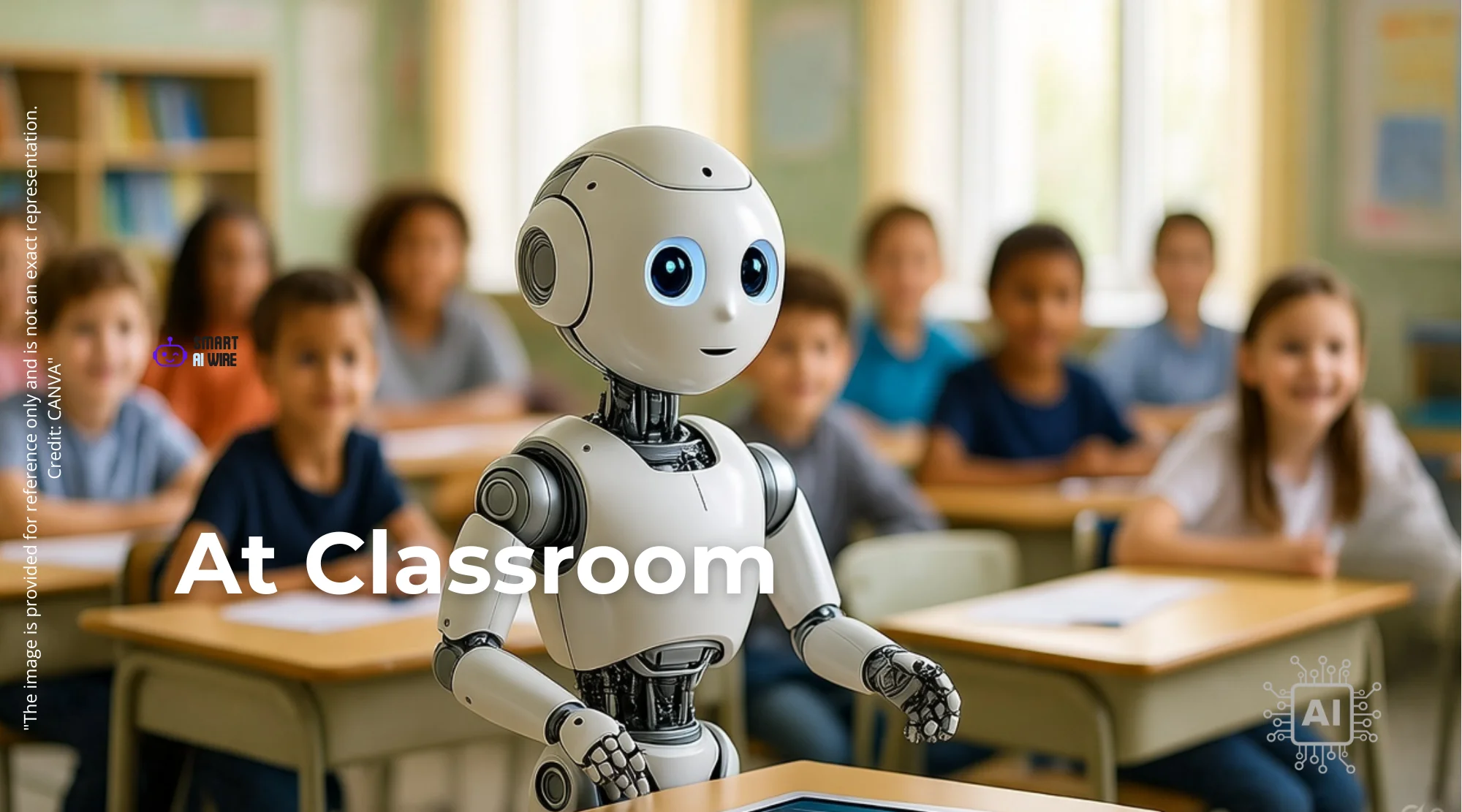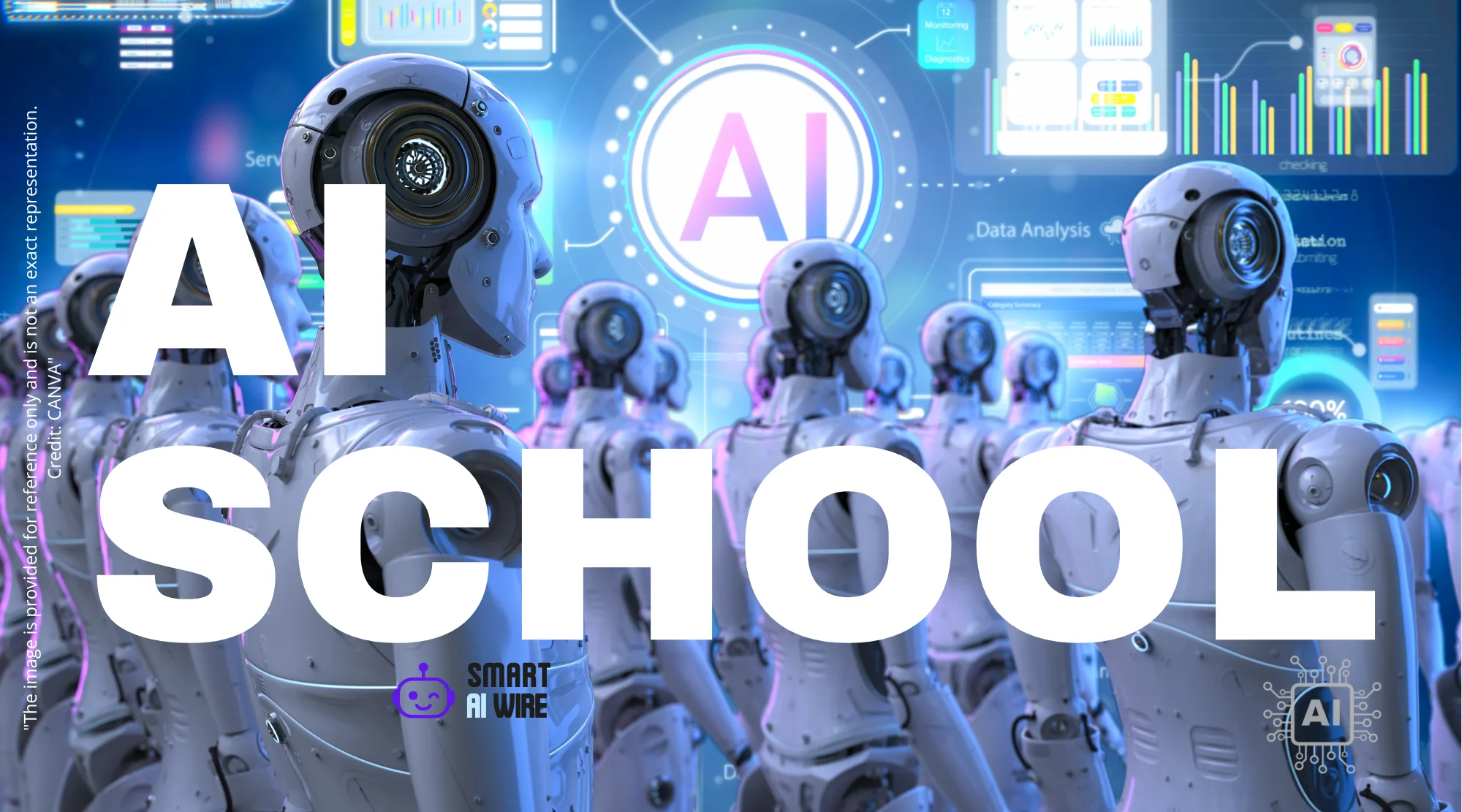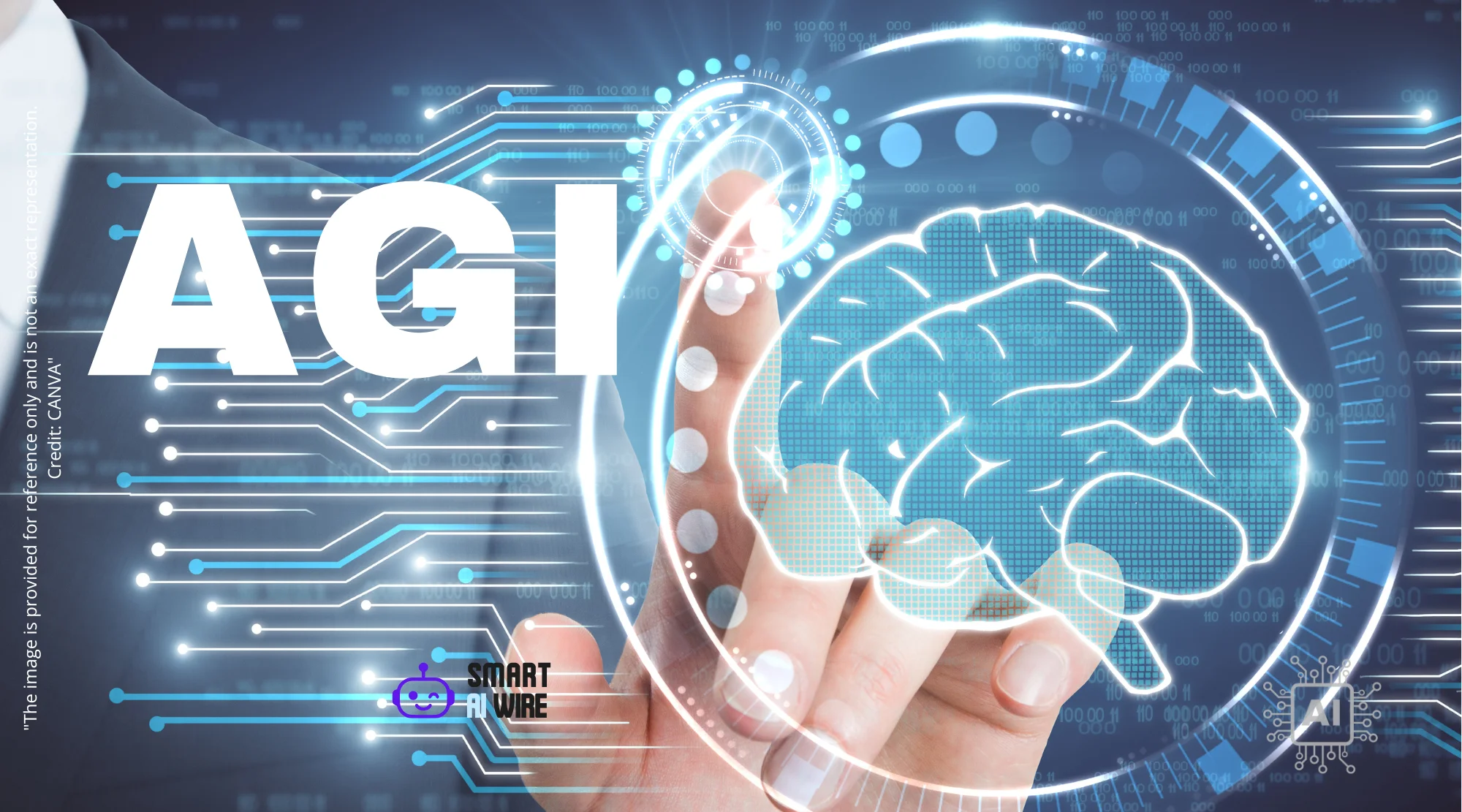The integration of AI chatbots in education is rapidly transforming the learning landscape. From personalized learning experiences to automated administrative tasks, educators are exploring innovative ways to leverage these powerful tools. But how are professors really using AI chatbots in the classroom, and what are the implications for the future of education? This article explores practical applications, addresses potential challenges, and examines the evolving role of educators in an AI-assisted learning environment.
The Rise of AI Chatbots in Education
AI chatbots are no longer a futuristic concept; they are a present-day reality shaping various aspects of our lives, including education. These intelligent systems, powered by natural language processing (NLP) and machine learning (ML), are capable of understanding and responding to human language, making them valuable assistants in learning environments. The use of AI in education is about more than just automating tasks; it is about creating personalized, engaging, and effective learning experiences for students of all backgrounds.

Practical Applications of AI Chatbots in the Classroom
Professors are finding creative ways to integrate AI chatbots into their teaching methodologies. Here are some notable examples:
- Personalized Learning: AI chatbots can analyze student performance data to identify knowledge gaps and tailor learning materials accordingly. This personalized approach allows students to learn at their own pace and focus on areas where they need the most support. This personalized approach can greatly enhance student engagement.
- 24/7 Support and Tutoring: AI chatbots can provide students with instant access to support and tutoring, regardless of the time of day. This is particularly beneficial for students who struggle with specific concepts or who need extra help outside of classroom hours. A study published by UNESCO highlights the potential of AI to democratize access to education.
- Automated Grading and Feedback: AI can automate the grading of objective assessments, such as multiple-choice quizzes and short-answer questions, freeing up professors’ time to focus on more complex tasks, such as providing personalized feedback on student essays. This automation improves efficiency in the education process.
- Content Creation and Curation: AI tools can assist professors in creating and curating educational content, such as lesson plans, presentations, and reading lists. This can save professors valuable time and effort, allowing them to focus on delivering engaging and informative lectures.
- Administrative Assistance: AI chatbots can handle administrative tasks, such as answering student inquiries, scheduling appointments, and managing course enrollment, freeing up professors to focus on teaching and research.
Addressing the Challenges of AI Integration
While the potential benefits of AI chatbots in education are significant, there are also challenges that need to be addressed.
- Data Privacy and Security: The use of AI in education raises concerns about data privacy and security. It is essential to ensure that student data is protected and used ethically.
- Bias and Fairness: AI algorithms can be biased, leading to unfair or discriminatory outcomes. It is crucial to ensure that AI systems used in education are fair and unbiased.
- Over-Reliance on Technology: It is important to avoid over-reliance on technology and to ensure that AI is used to enhance, not replace, human interaction and critical thinking skills. Over-reliance can have a negative impact on students learning.
- Ensuring Accessibility: AI-powered tools must be accessible to all students, including those with disabilities. Accessibility considerations need to be at the forefront of design.
- The “Human” Element: Maintaining the human connection between students and teachers is vital. AI should be a tool, not a replacement, for meaningful interaction.
The Evolving Role of Educators in an AI-Assisted Learning Environment
The integration of AI into education requires a shift in the role of educators. Rather than being the sole source of knowledge, professors become facilitators of learning, guiding students through the vast landscape of information and helping them develop critical thinking skills.
- Curating and Guiding: Professors will need to curate AI-generated content and guide students in evaluating its accuracy and relevance.
- Focusing on Higher-Order Skills: With AI handling routine tasks, professors can focus on fostering higher-order skills, such as critical thinking, creativity, and collaboration.
- Personalizing the Learning Experience: Professors can leverage AI insights to personalize the learning experience and provide targeted support to individual students.
- Promoting Digital Literacy: Educators must equip students with the digital literacy skills they need to navigate an AI-driven world, including the ability to critically evaluate information and use technology responsibly.
- Ethical Considerations: Discussing the ethical implications of AI becomes an integral part of the curriculum, preparing students for the responsible use of these technologies.
The Future of AI in Education
The future of AI in education is promising. As AI technology continues to evolve, we can expect to see even more innovative applications emerge. Imagine AI-powered virtual reality simulations that transport students to different historical periods or scientific environments. Envision AI tools that provide personalized feedback on student writing, helping them improve their grammar, style, and argumentation skills. The possibilities are endless.
However, realizing the full potential of AI in education requires careful planning and implementation. Policymakers, educators, and technology developers must work together to ensure that AI is used in a way that is ethical, equitable, and effective. This includes investing in research and development, providing training and support to educators, and establishing clear guidelines for the use of AI in education. Explore how to future-proof your career in our article about AI Job Displacement: Will Artificial Intelligence Take Your Job?
The ongoing debate regarding AI and Human Authorship: Why the Human Element Remains Final underscores the importance of striking a balance between technological advancement and the irreplaceable value of human creativity and critical thought.
The integration of AI in education is not merely a technological upgrade but a fundamental shift in how we approach learning and teaching. Embracing AI thoughtfully and strategically will empower educators and students alike, paving the way for a future where education is more personalized, accessible, and effective than ever before. You can get a jump start in your journey with these AI Prompts for Romance: Spark Connection in the Digital Age.
In conclusion, the integration of AI chatbots in education is a transformative trend with the potential to revolutionize the learning experience. By embracing these technologies thoughtfully and addressing the associated challenges, educators can create more engaging, personalized, and effective learning environments for all students, preparing them for success in an increasingly AI-driven world. To see another angle on AI, see AI in the Workplace: How Tech Professionals Are Using It Now.




One thought on “AI Chatbots in the Classroom: How Professors are Using AI in Education”